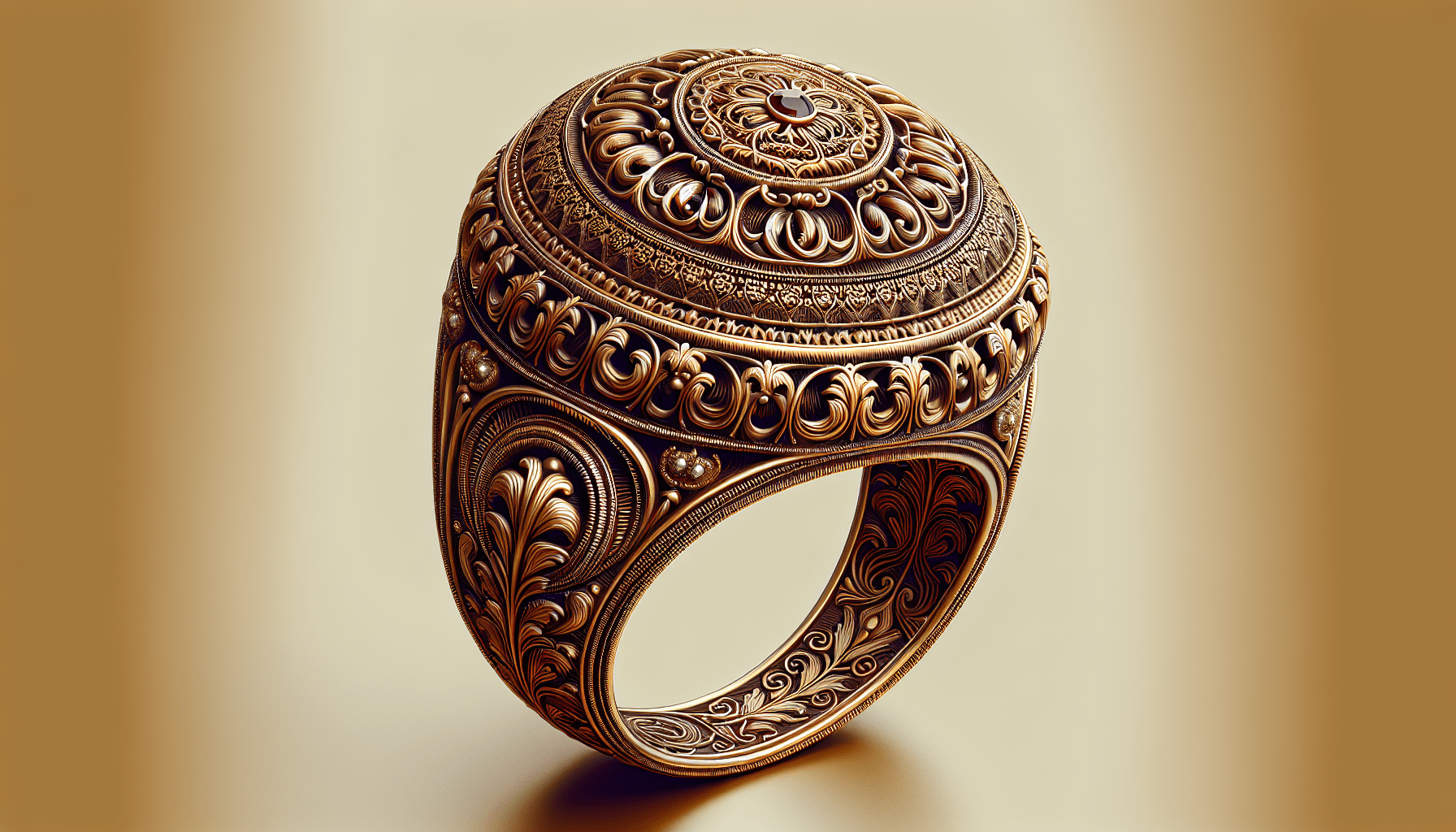Welcome to “The Allure Of Antique Turkish Jewelry: A Collector’s Guide”, where you will embark on a journey through the rich history and captivating beauty of antique Turkish jewelry. From intricate designs to the use of vibrant gemstones, each piece tells a story of cultural significance and exquisite craftsmanship. Whether you are a seasoned collector or new to the world of antique jewelry, this guide will provide you with valuable insights and tips to help you appreciate and acquire these stunning pieces for your own collection. Get ready to be mesmerized by the allure of antique Turkish jewelry! Are you fascinated by the intricate beauty of antique Turkish jewelry? Do you find yourself drawn to the unique craftsmanship and cultural significance of these pieces? If so, you’re not alone. Antique Turkish jewelry has captivated collectors around the world for many years. In this guide, we will delve into the allure of antique Turkish jewelry, explore its fascinating history, and provide valuable tips for starting and growing your own collection. So, grab a cup of tea, get comfortable, and let’s embark on this journey together.

